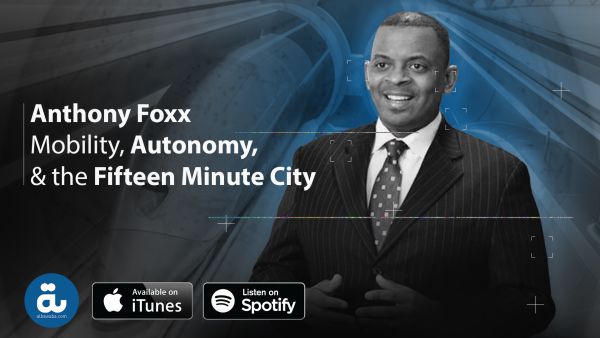What if the future of mobility was walking down a clear clean street, and not just jumping in an autonomous vehicle, or having your package delivered by drone? What if the parking infrastructure across our cities could transform into gardens, or architecturally creative buildings?
In the 1950s United States the building of roads often favored wealthy individuals, and wealthy suburbs. So how can we ensure that new mobility solutions do not lock out communities in rural or economically deprived areas?
In this episode we caught up with Sec Anthony Foxx, on the sidelines of the Hypermotion Conference here in Dubai, earlier in September. Anthony Foxx served as the 17th United States Secretary of Transportation between 2013-2017.
As mayor of Charlotte, North Carolina, Sec. Foxx oversaw two of the largest investment packages in city history. This included extending the LYNX light rail system, Charlotte-Douglas International Airport and starting the Charlotte Streetcar project.
Talking to Secretary Fox, it becomes clear that the future of the 15 minute city is not simply technology driven: it’s values driven, economics driven, and regulation driven, requiring real-time and deep collaboration between the private and public sectors
Talking to Secretary Fox, it becomes clear that the future of the 15 minute city is not simply technology driven: it’s values driven, economics driven, and regulation driven, requiring real-time and deep collaboration between the private and public sectors.
From connected vehicles to semi autonomous supply-logistics on land, sea and air the future of mobility is more efficient, but hopefully more human too.










